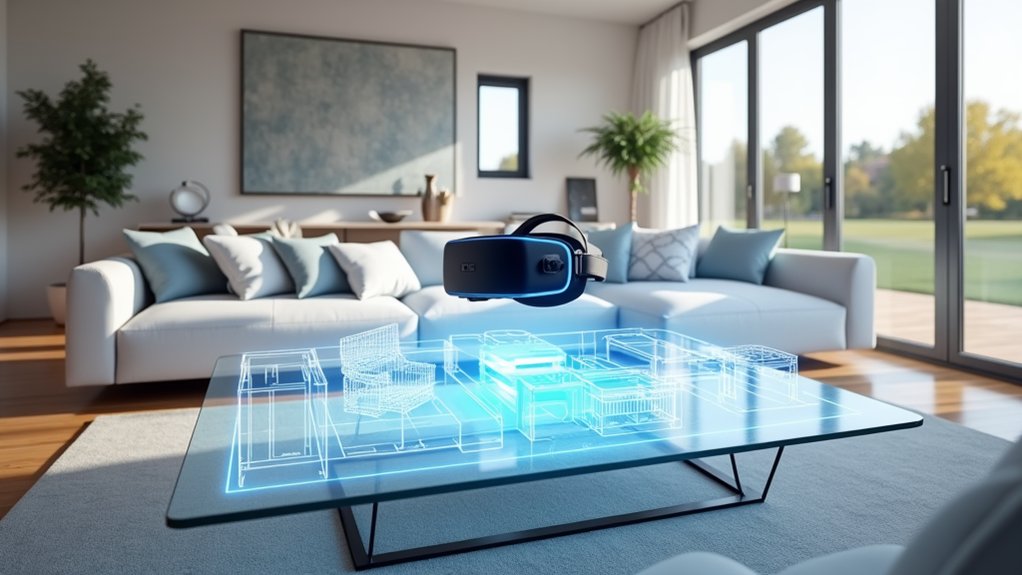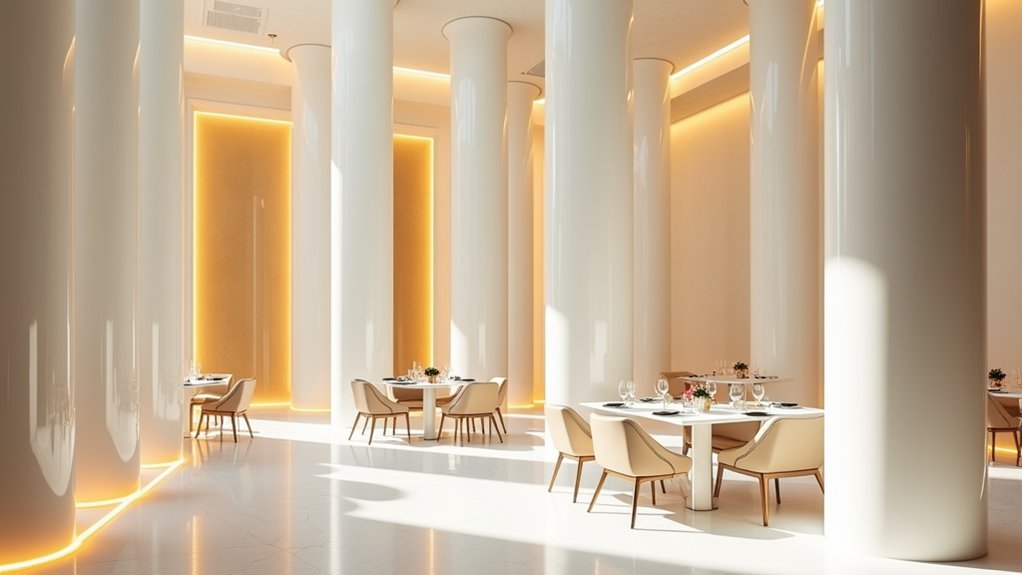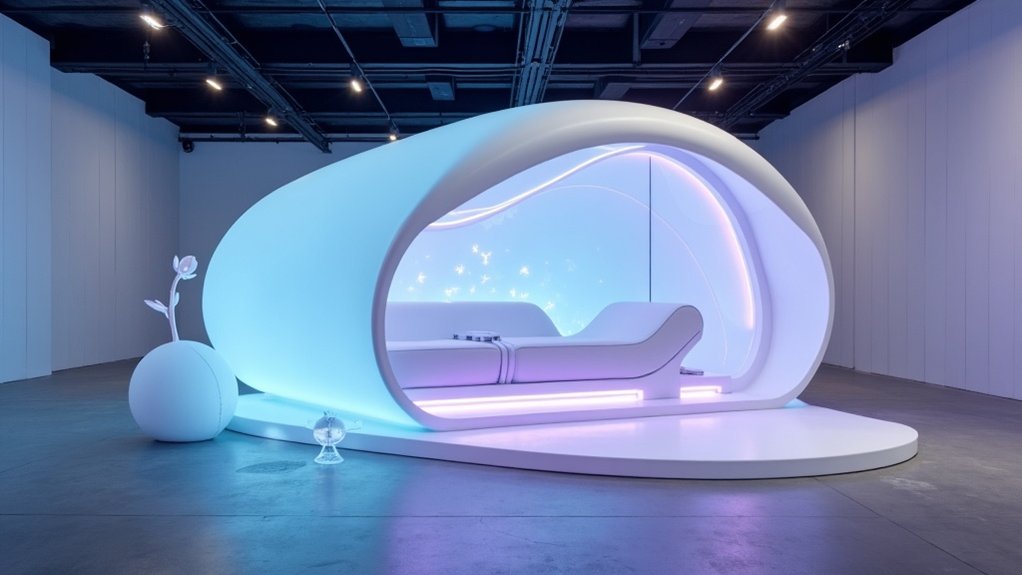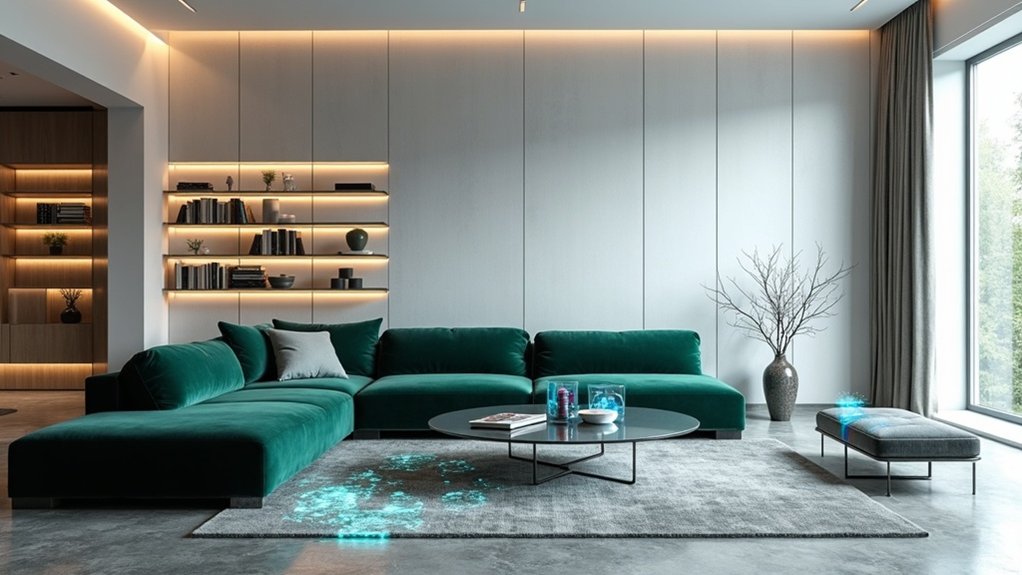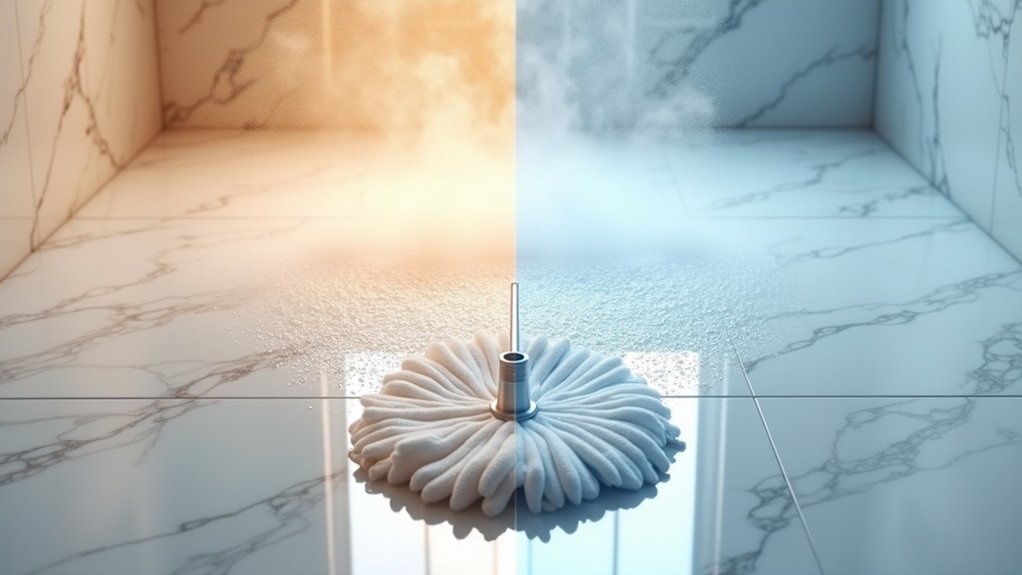When Tennant Company‘s design team in Eden Prairie first donned virtual reality headsets to develop their autonomous floor cleaning robots, they uncovered a transformative approach that would fundamentally reshape their entire product development process. The shift from traditional two-dimensional design to immersive three-dimensional environments marked a significant moment for the company, particularly in developing their latest X6 ROVR autonomous mobile robot.
The transformation extends beyond simple tool adoption. Tennant’s designers now create digital 3D sketches and augmented reality prototypes instead of traditional foam models, significantly improving design accuracy while accelerating time to market. This digital evolution proved especially valuable during the X6 ROVR’s development, where virtual reality headsets allowed designers to examine every angle and detail before physical production began. The approach builds upon lessons learned from the X4 ROVR, Tennant’s first purpose-built autonomous mobile robot scheduled for launch in Q2 2024.
Digital 3D sketches and AR prototypes replace foam models, accelerating autonomous robot development while improving design accuracy.
Virtual reality technology has revolutionized how Tennant collaborates across continents. Design teams in Eden Prairie now seamlessly connect with engineers in Europe and China, while maintaining essential partnerships with Brain Corp., the California company providing robotic technologies for Tennant’s autonomous machines. The 3D concept direction particularly excels in reducing translation issues and miscommunication among teams speaking different languages, minimizing costly back-and-forth changes during production. This enhanced collaboration stems from the design process beginning with empathy for customers and alignment with business objectives.
The efficiency gains are substantial. Digital workflows eliminate numerous physical prototypes, compress development timelines, and improve geometry translation between design and manufacturing phases. This accelerated approach enabled Tennant to develop the X6 ROVR in just one year, compared to the typical two to three year cycle for complex products. Both the X4 and X6 ROVR models showcase advanced features including automatic battery management and self-navigation capabilities, delivering consistent cleaning performance through sophisticated software guidance.
Tennant’s technology integration strategy remains deliberately selective. The design team continuously evaluates emerging tools including digital whiteboards, VR/AR applications, and design-centric AI solutions, adopting only those that deliver tangible value to customers or internal partners.
In spite of embracing digital transformation, the company maintains respect for traditional skills, with designers still valuing hand-drawing abilities alongside their virtual reality expertise. This balanced approach reflects a mature understanding that technology should improve, not replace, fundamental design principles.
